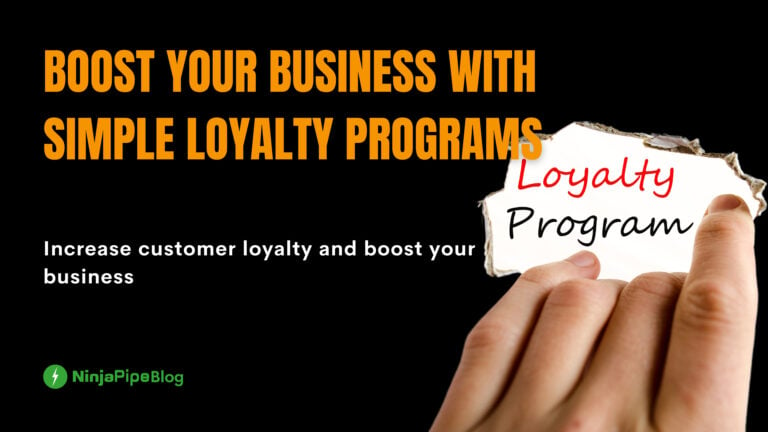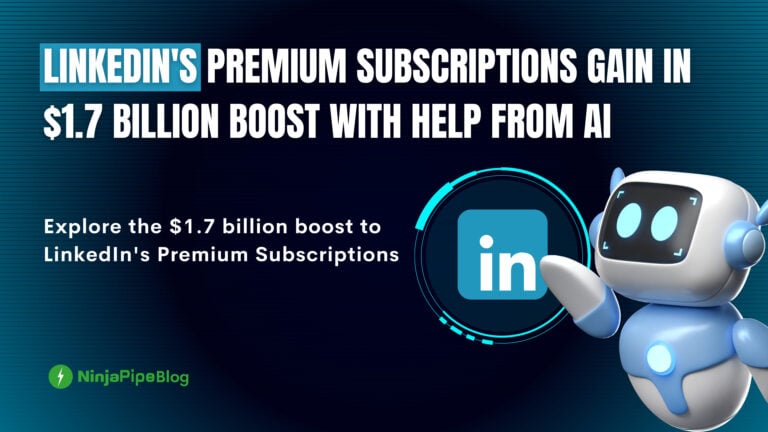Dive into the world of programmatic advertising with this beginner’s guide. Learn the basics of ad tech, digital marketing strategies, and how to leverage programmatic ads for success.
Introduction:
If you’re into online advertising, you’ve probably heard a lot about programmatic ads shaking things up in the digital marketing world. While your ad might be fantastic, putting it in the right place and showing it to the right people is important for success.
Recent studies show that almost 90% of consumers are open to chatting with brands about their products. This has given rise to conversational commerce, where well-placed programmatic ads can spark engaging conversations. As AI in digital marketing continues to grow, using the right autonomous technology can boost your ad campaign’s output and return on investment (ROI).
Let’s look into the basics of programmatic advertising, targeting best practices, and explore how some brands are doing it right.
What is Programmatic Advertising?
Programmatic advertising is the use of software to buy digital ads. Unlike the traditional method of proposals and negotiations, programmatic buying employs algorithmic software to purchase and sell online display space. This method leverages traffic data and online display targeting to enhance the reach of ads, providing better ROI for marketers, regardless of their organization’s size.
Programmatic Advertising Platforms and Tools:
With global spending expected to surpass $594 billion in 2024, programmatic advertising is a powerful tool. It utilizes demand-side platforms (DSPs), supply-side platforms (SSPs), ad exchanges, data management platforms (DMPs), ad networks, and ad servers to streamline the ad-buying process.
Why is Programmatic Advertising Successful?
Programmatic advertising is successful because it’s efficient, targeted, and scalable. The use of AI is a key driver in its adoption, with 75% of leading marketers using AI technology in 2022. This efficiency allows marketers to optimize their campaigns, improve output, and impact their targeted strategies positively.
How to Succeed with Programmatic Advertising:
- Know Your Marketplace: Research and understand the programmatic advertising field and terminology to stay ahead.
- Set Your Goals: Clearly define short- and long-term goals based on existing data to guide your programmatic campaigns.
- Keep the Human Touch: Find the right balance between automation and human intervention for optimal campaign results.
- Protect Your Brand: Guard against fake news by updating your demand-side blacklist and considering whitelists for sensitive products.
- Watch for Ad Fraud: Be cautious of ad fraud, and focus on traffic quality rather than just reach.
Core Types of Programmatic Advertising:
Explore demand-side platforms (DSPs), supply-side platforms (SSPs), ad exchanges, data management platforms (DMPs), ad networks, and ad servers for different aspects of programmatic advertising.
Good Examples of Programmatic Advertising Campaigns:
1. Magners: Utilized programmatic advertising for a successful mobile-based retargeting campaign.

2. Missing People – Child Rescue Alert: Increased response rates with programmatic ads targeting specific areas.

3. IHG: Encouraged users to book directly through programmatic ads, reducing reliance on third-party sites.

4. Audi: Personalized marketing efforts with programmatic techniques, resulting in higher conversion rates.

Conclusion:
Programmatic advertising is a game-changer in the digital marketing world. By understanding its basics, setting clear goals, maintaining a human touch, protecting your brand, and watching for potential issues, you can leverage this powerful tool to increase your ad campaigns and achieve better results.








Leave a Comment